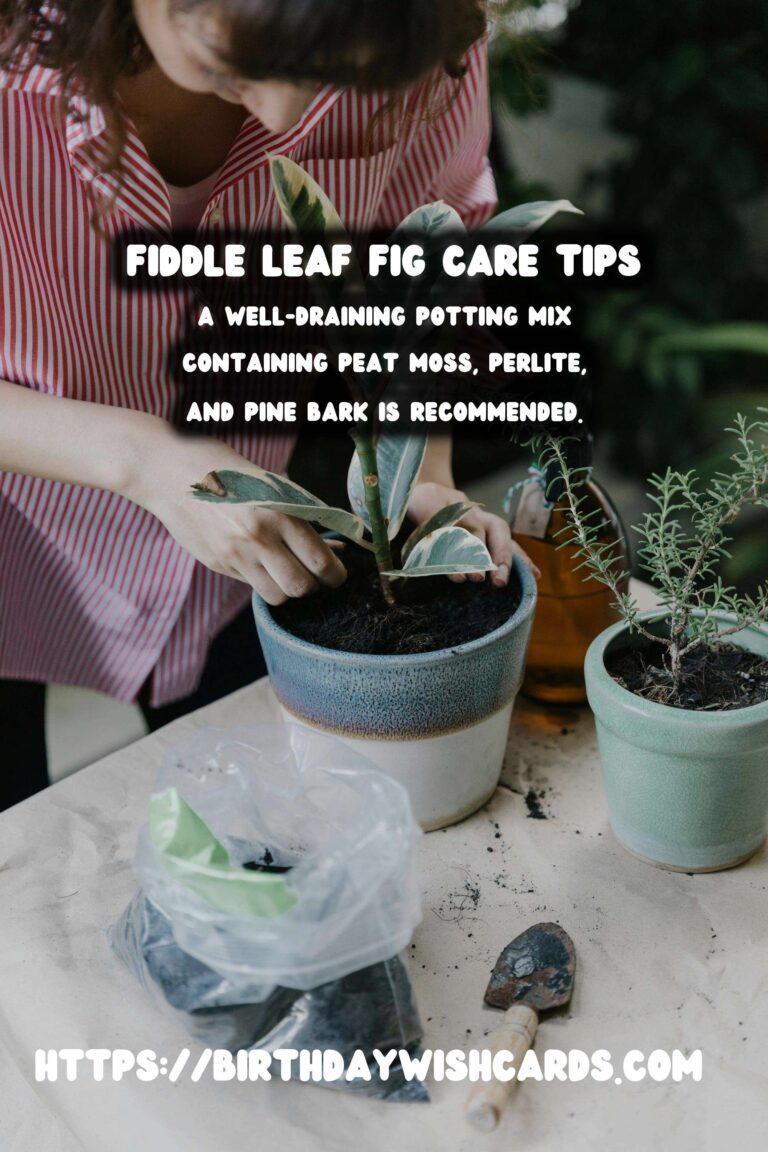
The Fiddle Leaf Fig, known for its stunning broad leaves and elegant appearance, has become a favorite among plant enthusiasts and interior decorators alike. While these plants are relatively low-maintenance, they do require specific care to thrive. In this comprehensive guide, we will explore the essential tips and tricks for keeping your Fiddle Leaf Fig healthy and vibrant.
Understanding Fiddle Leaf Figs
Fiddle Leaf Figs, scientifically known as Ficus lyrata, are native to the tropical rainforests of West Africa. They are characterized by their large, violin-shaped leaves, which can grow up to 18 inches long and 12 inches wide. These plants can reach heights of up to 10 feet indoors, making them an impressive addition to any home.
Choosing the Right Location
Fiddle Leaf Figs thrive in bright, indirect light. Placing them near a window with filtered sunlight is ideal. Avoid direct sunlight, as it can scorch the leaves. If your home doesn’t have enough natural light, consider using a grow light to supplement their needs.
Temperature is also crucial for Fiddle Leaf Figs. They prefer a warm environment with temperatures between 60-75°F (15-24°C). Avoid placing them near drafts, vents, or heaters, as sudden temperature changes can stress the plant.
Proper Watering Techniques
One of the most common mistakes with Fiddle Leaf Figs is overwatering. These plants prefer to dry out slightly between watering. Check the top inch of soil; if it’s dry to the touch, it’s time to water. Ensure that the pot has proper drainage to prevent root rot.
During the growing season (spring and summer), Fiddle Leaf Figs may require more frequent watering. In contrast, reduce watering in the fall and winter months when the plant’s growth slows down.
Soil and Fertilization
A well-draining potting mix is essential for Fiddle Leaf Figs. A mix containing peat moss, perlite, and pine bark is ideal. This combination ensures adequate aeration and drainage, preventing waterlogged roots.
Fertilize your Fiddle Leaf Fig every four to six weeks during the growing season with a balanced liquid fertilizer. This will provide the necessary nutrients for healthy growth. Avoid fertilizing during the dormant winter months.
Pruning and Maintenance
Pruning is essential to encourage a bushier growth and remove any damaged or diseased leaves. Use clean, sharp scissors to cut just above a node (the point where a leaf meets the stem). Pruning can also help maintain the desired shape and size of your plant.
Dust can accumulate on the large leaves of Fiddle Leaf Figs, blocking sunlight and hindering photosynthesis. Regularly wipe the leaves with a damp cloth to keep them clean and free from dust.
Dealing with Common Problems
Fiddle Leaf Figs are susceptible to pests such as spider mites and mealybugs. Regularly inspect your plant for any signs of infestation. If you notice any pests, treat them promptly with insecticidal soap or neem oil.
Browning edges and dropping leaves are common issues that can indicate problems such as overwatering, underwatering, or inadequate light. Assess your care routine and make adjustments as necessary to address these issues.
Repotting Your Fiddle Leaf Fig
As your Fiddle Leaf Fig grows, it may outgrow its pot. Repotting is best done in the spring, allowing the plant to adjust during its active growth period. Choose a pot that is 2-3 inches larger in diameter than the current one and ensure it has drainage holes.
Gently remove the plant from its pot, being careful not to damage the roots. Place it in the new pot with fresh potting mix, and water thoroughly to help settle the soil.
Conclusion
With the right care and attention, Fiddle Leaf Figs can be a stunning and rewarding addition to your home. By understanding their needs and providing optimal conditions, you can enjoy the beauty and elegance of these striking plants for years to come.
Fiddle Leaf Figs are native to the tropical rainforests of West Africa and are known for their large, violin-shaped leaves. Placing Fiddle Leaf Figs near a window with filtered sunlight is ideal for their growth. Ensure that the pot has proper drainage to prevent root rot, as overwatering is a common mistake. A well-draining potting mix containing peat moss, perlite, and pine bark is recommended. Pruning helps encourage bushier growth and maintain the plant’s shape. Regularly inspect for pests such as spider mites and mealybugs and treat them promptly. Repotting should be done in the spring when the plant is actively growing. 
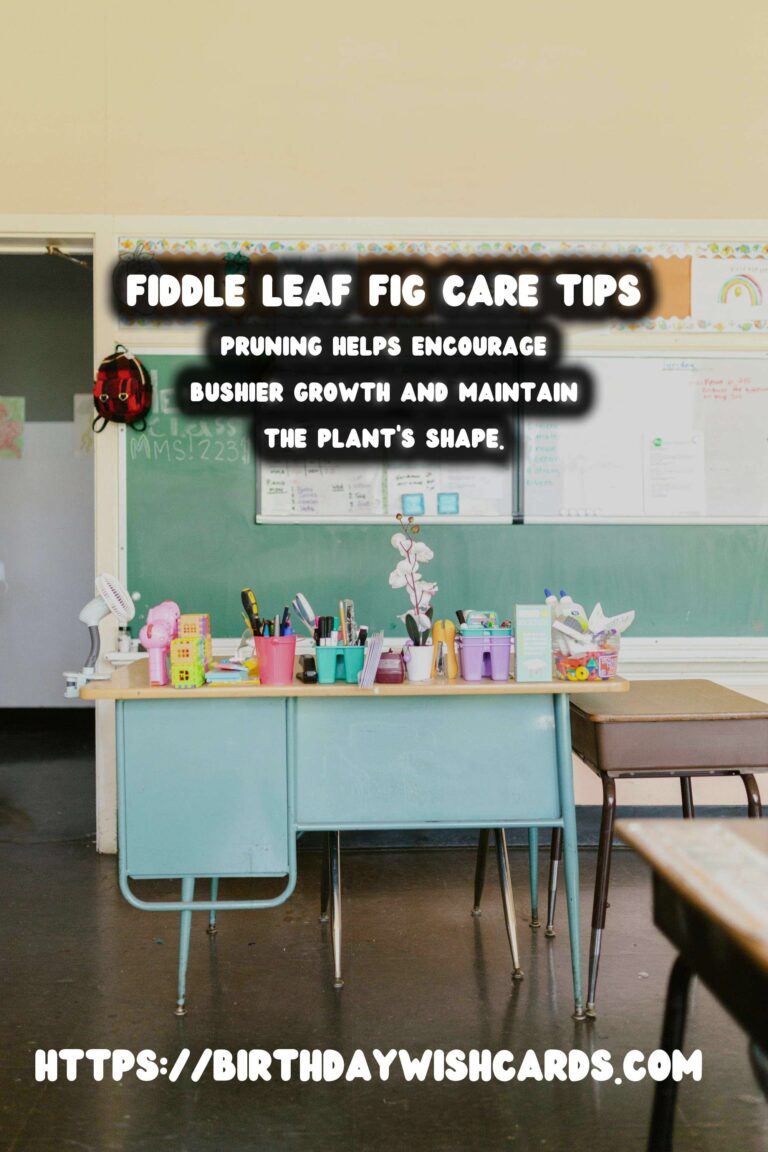
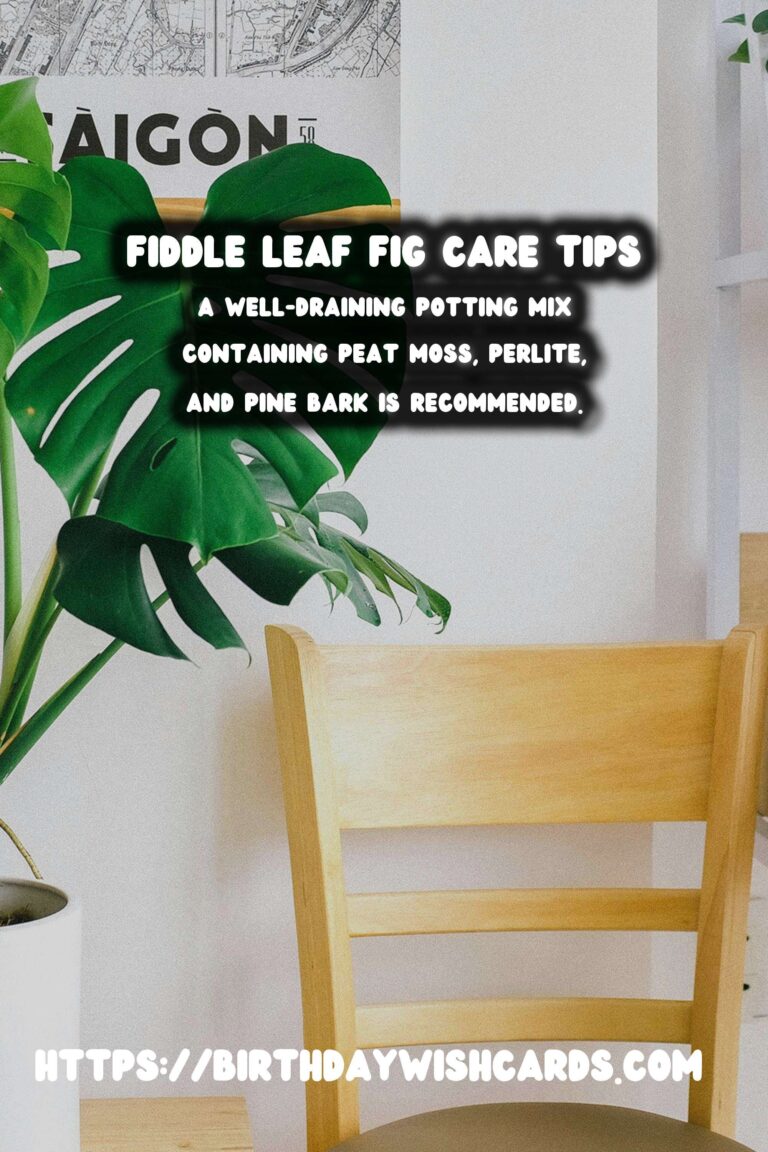
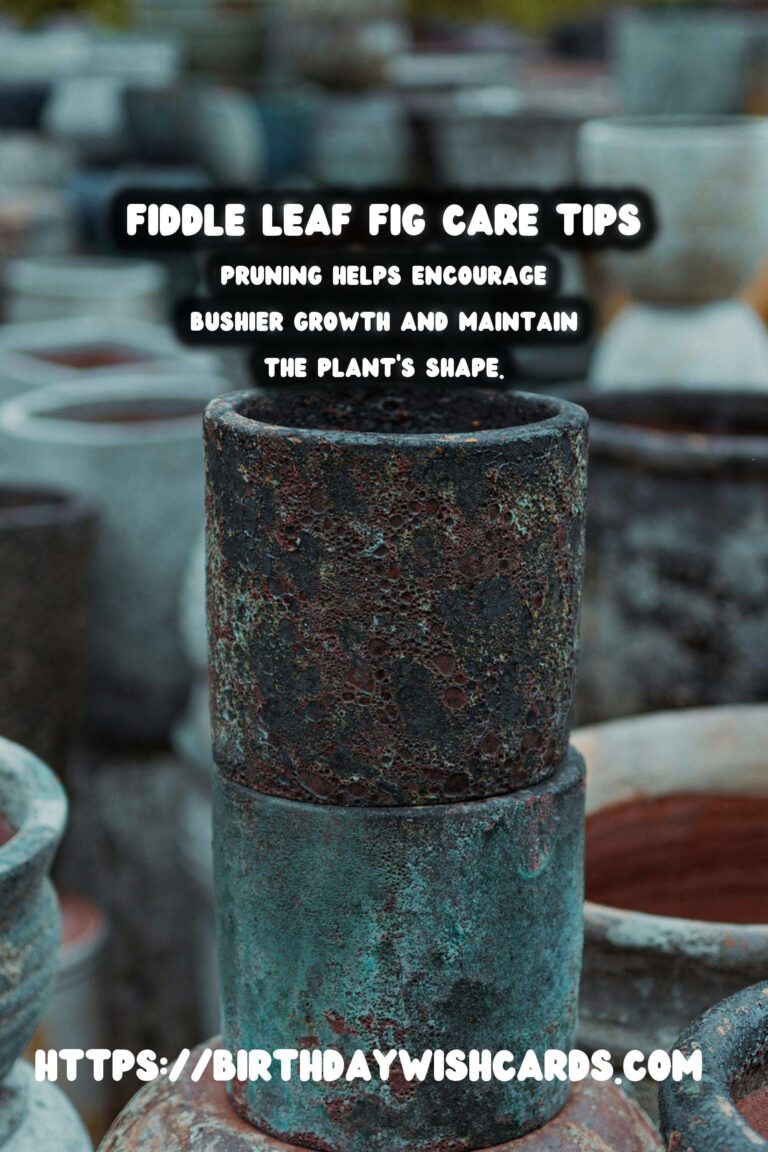
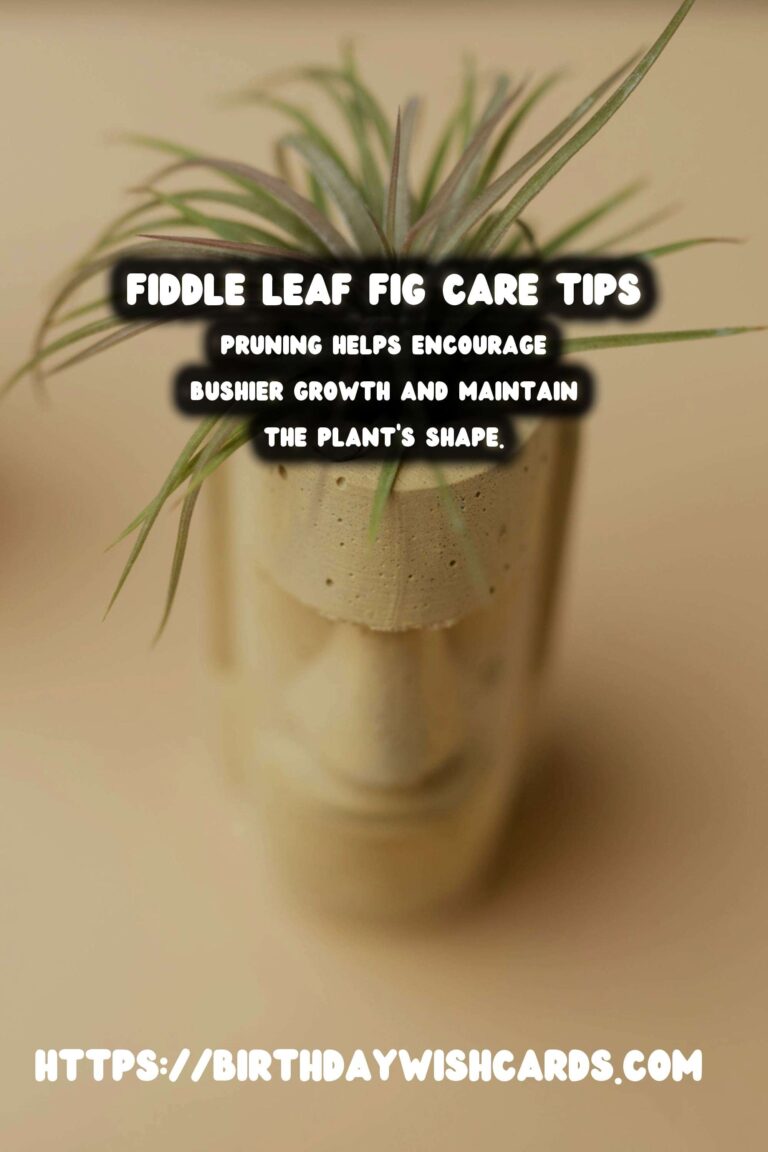

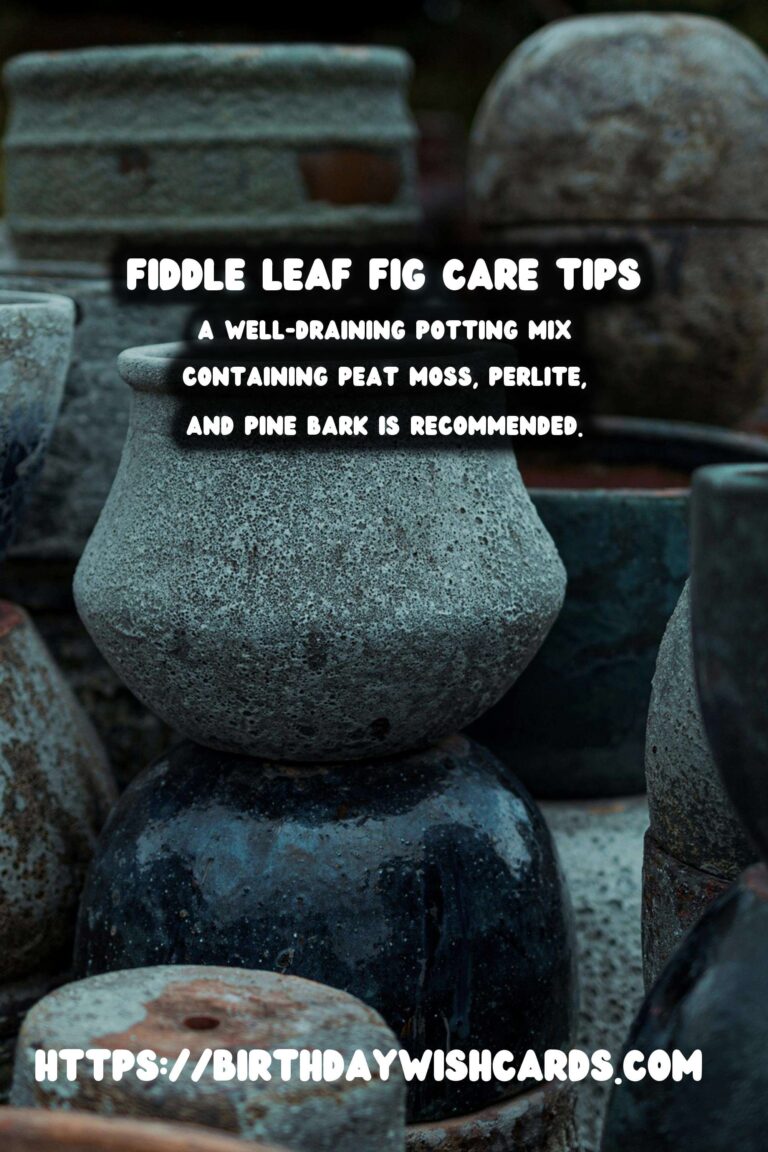

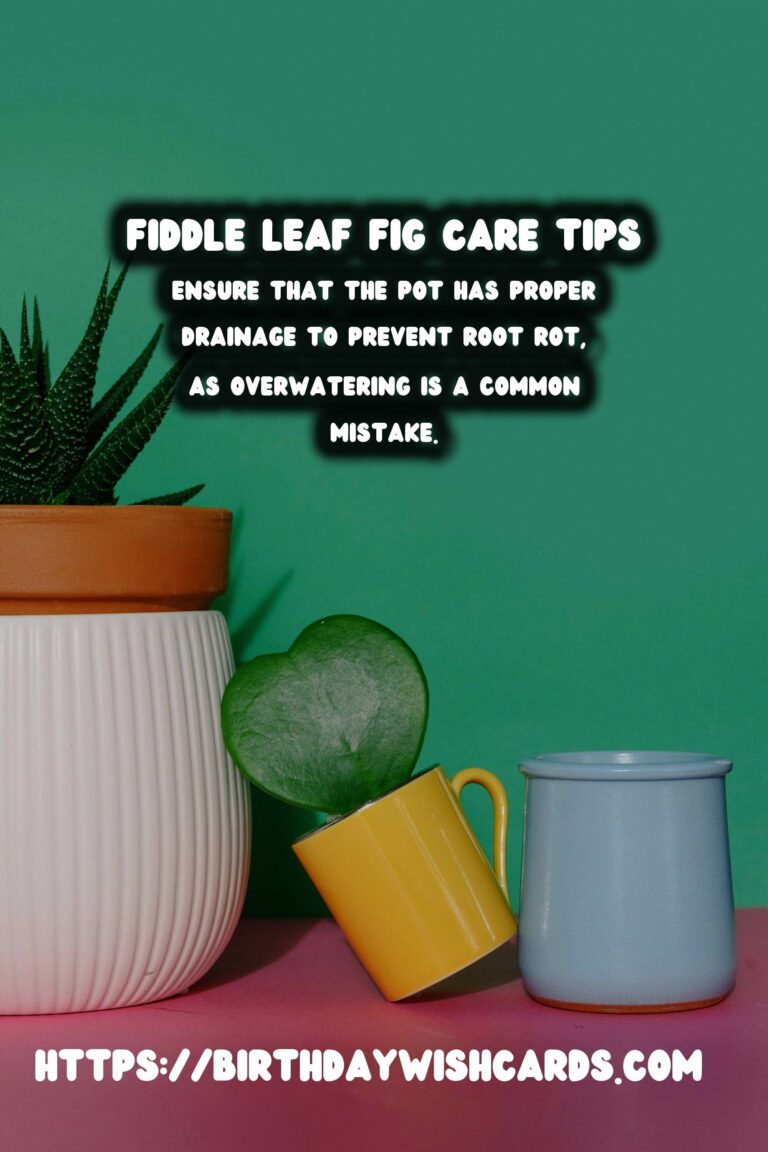
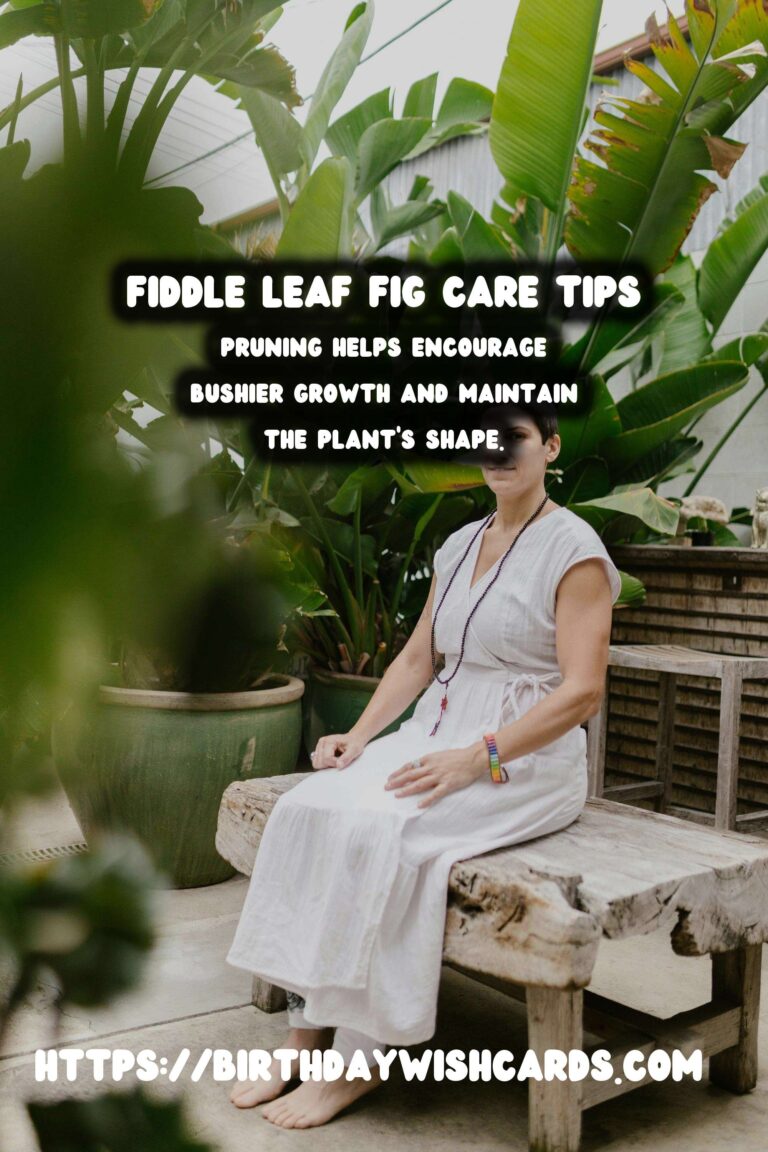
#FiddleLeafFig #PlantCare #IndoorPlants #GardeningTips #HousePlants




